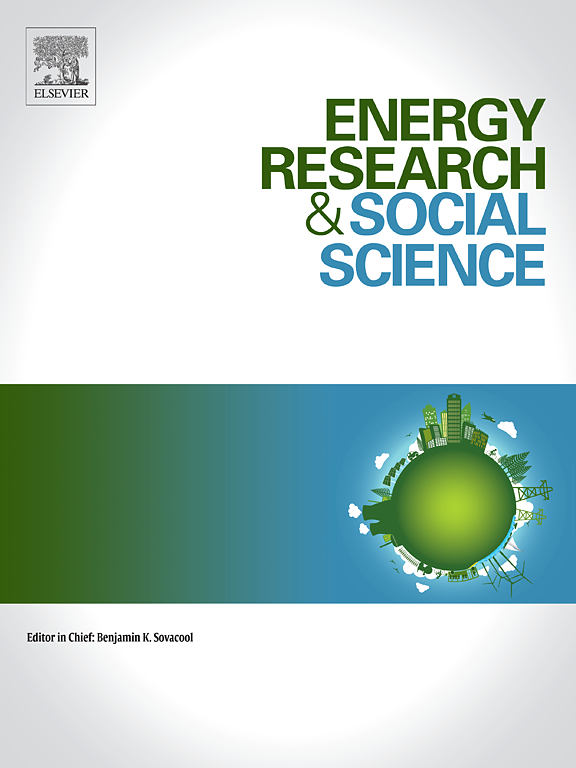This study conducted a spatial analysis in Indonesia to estimate degraded lands potentially suitable for growing biodiesel species (Calophyllum inophyllum, Pongamia pinnata and Reutealis trisperma) and biomass species (Calliandra calothyrsus and Gliricidia sepium). Degraded lands have limited functions for food production, carbon storage, and conservation of biodiversity and native vegetation. Thus, identifying their potential to produce bioenergy can contribute to sustainable development by helping society to meet increasing energy demands and secure a new renewable energy source. The identified potential degraded lands were further examined with two scenarios: 1) an all-five-species scenario, examining the growth of all five species, and 2) a biodiesel-species-only scenario, analysing the growth of only biodiesel species. Study results illustrated approximately 3.5 million ha of degraded lands potentially suitable for these species in Indonesia. The all-five-species scenario indicated that these lands had the potential to produce 1,105 PJ yr¯¹ of biomass and 3 PJ yr¯¹ of biodiesel. The biodiesel-species-only scenario illustrated that these lands had the potential to produce 10 PJ yr¯¹ of biodiesel. In addition, many of these degraded lands were limited to support economies of scale for biofuel production due to their small land sizes. The study findings contribute to identifying lands with limited functions, modelling the growth of biofuel species on regional lands, and estimating carbon stocks of restored degraded lands in Indonesia.
See the whole book and other chapters here
Download:
DOI:
https://doi.org/10.17528/cifor/008500-03
Altmetric score:
Dimensions Citation Count:

























